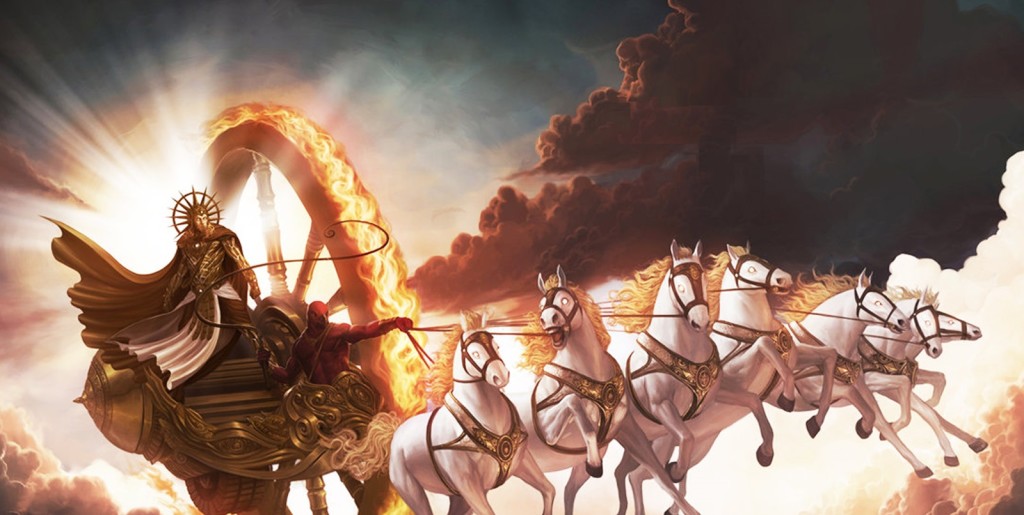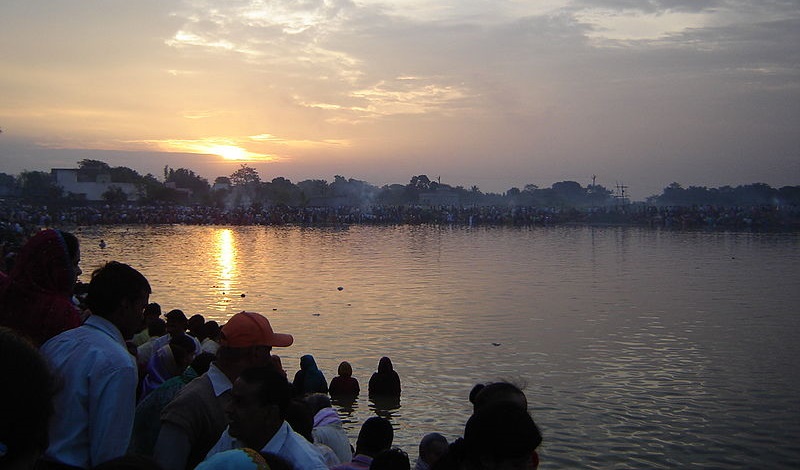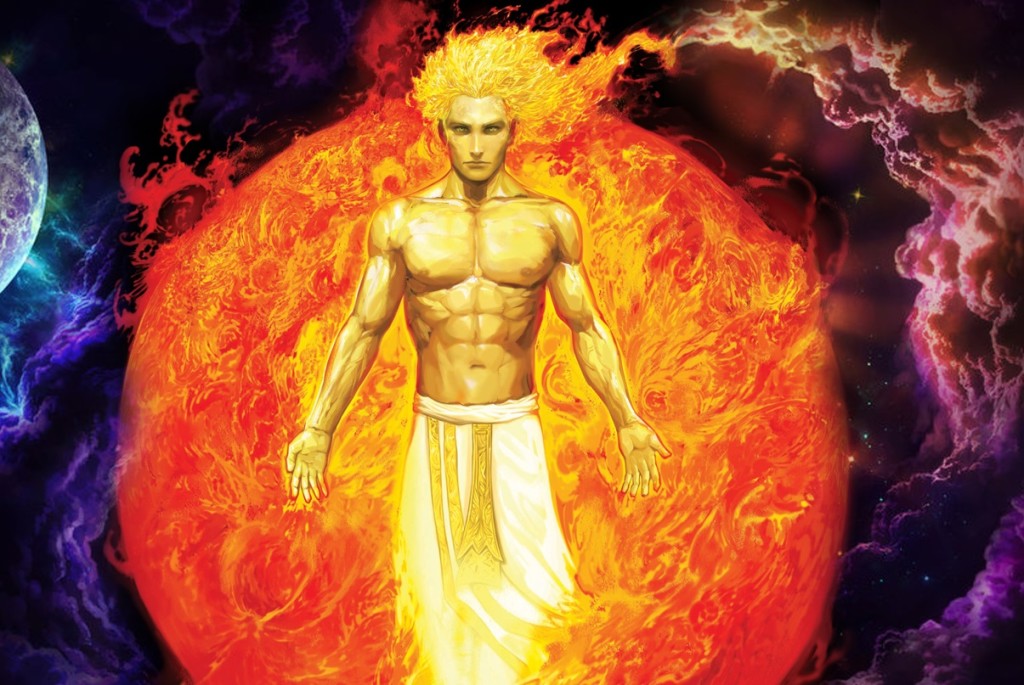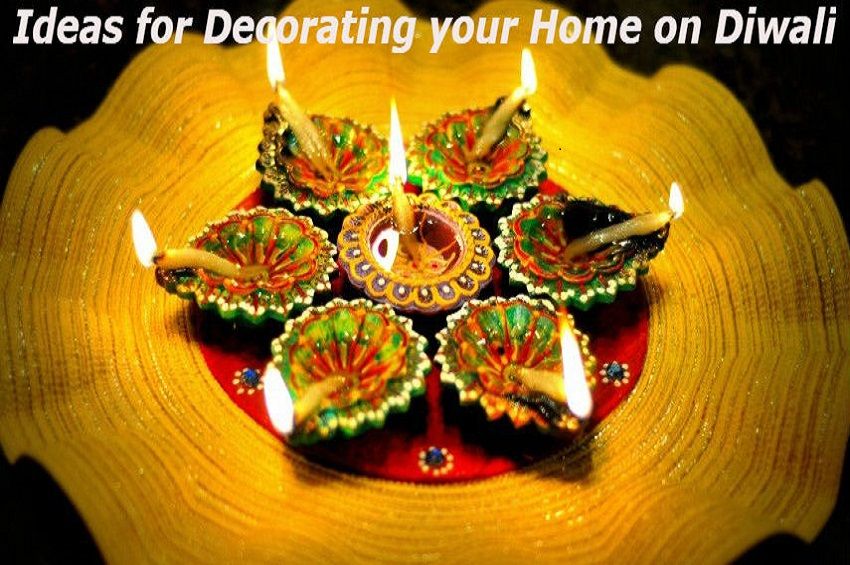
Chhath Pooja is being observed nationwide today, the advent of this holy occasion is not just for a day to worship Sun through fasting and meditating but it is more than that. Lets have a look as in how this festival is celebrated and what does it signifies. ‘Surya Chassthi’ or simply Chhath is an ancient festival celebrated in India in honour of God Sun and thanking him for his virtues which have helped the life to sustain on Earth.
The roots of the Chhath celebration lies in the Vedas and the associated legends with it. The festival is observed with the fasting and complete abstainance from water and food. The fasting can sometimes extend upto a period of 4 days and it is surprising that some even abstain themselves from water or consume only water during this period. This ultimate devotion is a form of medication which is for the purpose of purification of the body and soul before oferring prayers to Sun.
Who is Chhathi maiya?

Chhathi maiya or Chhath Mother is the Goddess which is worshipped during the festival. In some contexts, she is beleived to be the sister of Sun while Usha and Pratyusha (who are also worshipped ) are beleived to be the wives of Surya. Usha (the first ray of light) and Pratyusha(the last sun-ray) are worshipped as the significance of the cycle of the Sun.
History
According to Mahabharata, Draupadi and the Pandavas, performed the Chhath pooja to solve their troubles and issues. The worship was advised by Sage Dhaumya. The effect of worship were so great that the problems and complications of Pandavas were resolved. Even Lord Rama, the incarnation of God Vishnu and his wife Sita observed the fast just after their return from exile and since then Janakpur, the homeland of Mother Sita started observing the fast as well.
How is it celebrated ?

It is a four day celebration where every day is celebrated with a very unique and amazing way:
First Day: Ladies limit themselves to a single meal on this day. Just like Diwali, the house is cleaned and the devotees takes a dip in the river Ganga, Kosi or Karnali.
Second Day: The devotees fasts for the whole day and ends at the end of the day. The offering of sweets and fruits are distributed among family and friends.
Third Day: The entire family goes with the ladies who are fasting to the river banks to make offerings to the sun. The Sun is worshipped and the whole environment resonates with the songs of devotion.
Fourth and the last day: The last day is marks the end of the festival with Parvaitin (who are usually women) goes to riverbank before the Sun rise and make their offerings. The festival ends with the opening the fast and distribution of the offerings.
Parvaitin – it is derived from Sanskrit’s word parv, which means ‘occasion’ or ‘festival’.
The festival is generally associated with the people of state of Bihar, India. However, Indian epics like Mahabharata and Ramayana have incidents of this festival. Other states of India where Chhath is celebrated are Jharkhand, some parts of Madhya Pradesh, Uttar Pradesh, Chhattisgarh, Chandigarh, Gujarat, Maharashtra. Not only this, the festival is also celebrated in Mauritius, Fiji, Trinidad and Tobago, Guyana, Suriname, Jamaica and Nepal specially in the Mithila Region and Terai-Madhesh of Nepal on the top.
The effects of meditating for so long is also very beneficial for health as it removed the toxins from the body, improves blood circulation and an early morning Sun bath is itself a tonic for the body.
Kindly note that this article is based upon research and observation of the author, the intention is not to hurt anyone’s emotions, religious sentiments or practices.






